When you’re hiring a landscaper, you need to see a range of verifiable credentials. We have a 7 point case to explain why licensing and insurance are so important.
Licensing
Landscaping involves a very wide range of different types of work, many of which require licensing. This licensing is only given to those who have bona fide professional qualifications. A landscaper not having a license is a very bad sign.
You don’t need a license to mow lawns, but you may need a license to use weed killers, which can be extremely toxic. Pest fumigants can be equally dangerous, and it’s no coincidence that operators are required to be experts. Many construction tools and equipment also require licenses. This is the law, and the law is the best protection you could wish to have.
When it comes to landscape construction, the right licenses are required by law. The fact is that unlicensed morons building illegal death traps are pretty unpopular with communities, courts, coroners and other interested parties. Some people really couldn’t put two LEGO bricks together, and they all have one thing in common – They don’t have licenses.
Insurers, counties, and police aren’t exactly enthusiastic about the questionable, unverifiable, competence of the unlicensed guys, either. Incompetence can get people seriously hurt or even killed. When you see a license, you’re looking at a guarantee of competence and quality of work.
Insurance in the landscaping industry is designed to provide appropriate cover for a huge spectrum of insurance scenarios. This insurance protects customers as well as landscapers from potentially catastrophic costs.
To explain – If an uninsured person is injured working on your property, you may be first or second in line for any claim made for that injury. This may seem unfair, but the claimant has a very limited range of choices when making a claim. The lack of insurance may mean that the operator can’t or won’t cover claims, or is too cheap to take out proper insurance. Many casual employees of uninsured landscapers find this out the hard way. Either way, the property owner risks becoming part of the compensation scenario.
All the best landscapers have full coverage. It’s a strictly best business practice, bottom line type of basic risk management, no exceptions, and covers any eventuality. Their clients have nothing to worry about.
Licensing and insurance – The professional perspective
Is it credible that anyone in business wouldn’t know if they need a license? Licensing is a legal requirement. Proper insurance is a no-brainer for any business. There’s no good reason why a professional landscaping operator wouldn’t have the right licenses and proper coverage. The level of potential risk to customers from unlicensed or uninsured operators is simply unacceptable.
We’ve been working as landscapers in New York for many years. We’re fully licensed, and fully covered. We ensure that all our legal and statutory obligations are fully met. Our clients don’t have compliance problems or insurance issues.
If you’re looking for licensed and insured landscapers in New York, we’re right here when you need us. Give us a call or an email. We’ll be happy to talk business with you.

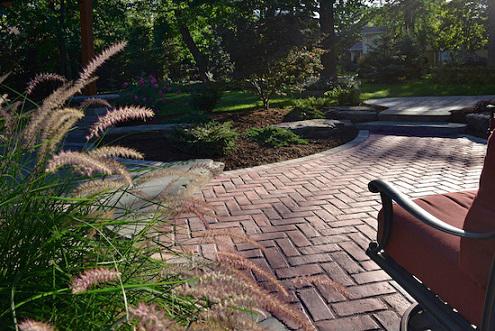
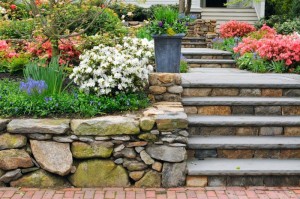
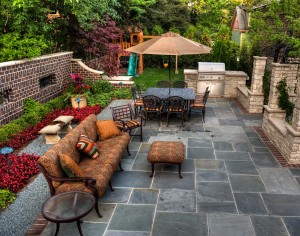

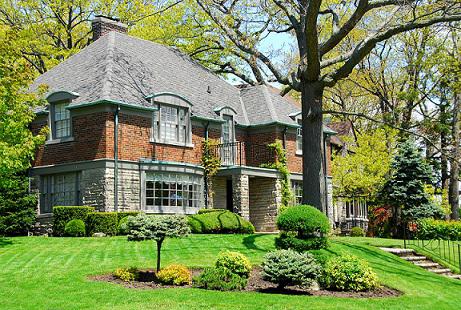
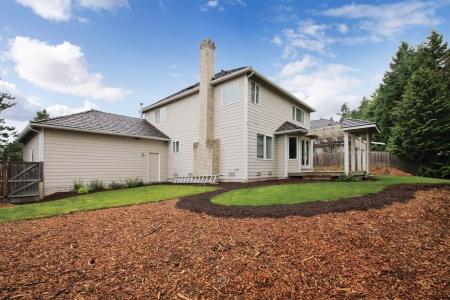 Mulch, put simply, is the all-round fixer for any garden or soil. Call us today to learn more about how we can improve your landscape design with mulch. Our expert landscapers are specialists. We’re fully familiar with the region’s exceptional standards of design and artisanship.
Mulch, put simply, is the all-round fixer for any garden or soil. Call us today to learn more about how we can improve your landscape design with mulch. Our expert landscapers are specialists. We’re fully familiar with the region’s exceptional standards of design and artisanship.
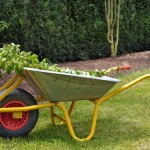 Get Ready With These 3 Easy Spring Prep Landscaping Tips
Get Ready With These 3 Easy Spring Prep Landscaping Tips